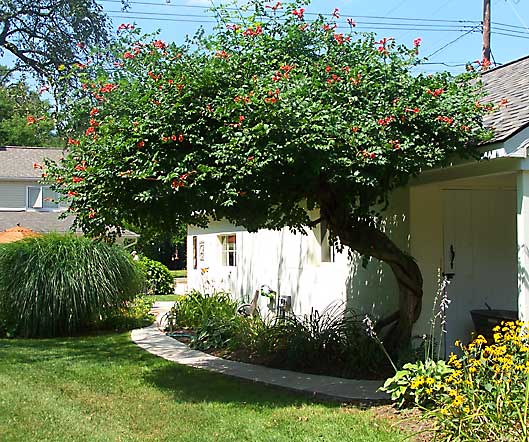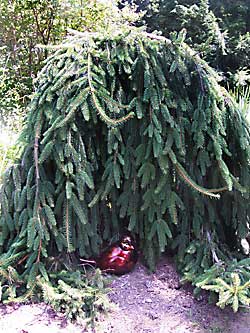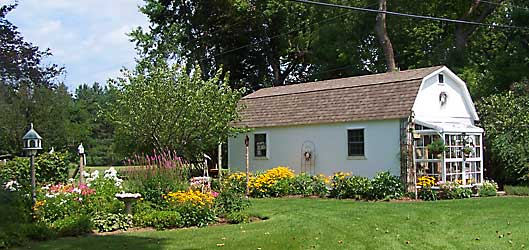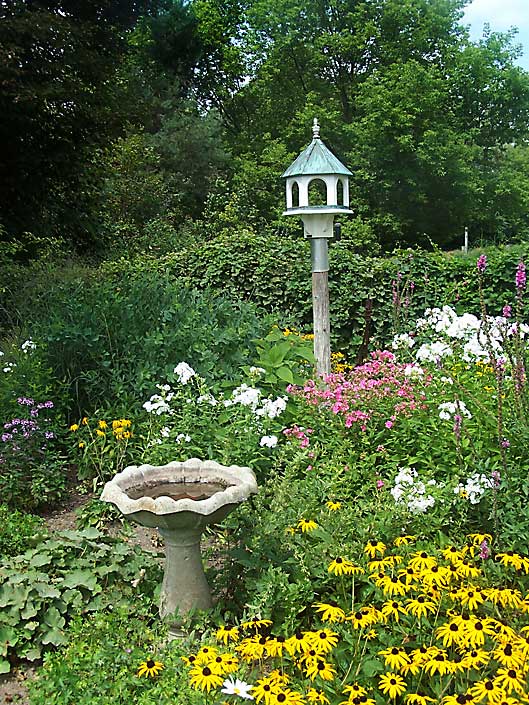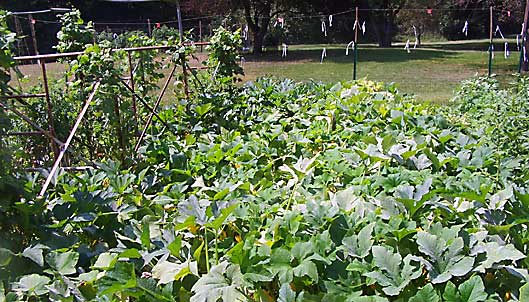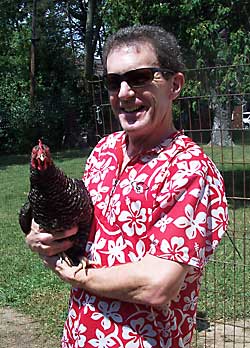From Associated Press via NPR:
Many of the millions of people who turned to gardening to save money during the recession appear to be sticking with it during the recovery as food prices remain high and interest in safe, fresh and local food grows nationwide.
Forty-three million American households planned to grow at least some of their own food in 2009, a 19 percent increase from the estimated 36 million who did the year before, said the National Gardening Association, citing the most recent figures available. Spending on food gardening — including growing vegetables, fruit trees, berries and herbs — jumped 20 percent in one year to $3 billion in 2009 and stayed at that level last year, said Bruce Butterfield, research director for the nonprofit association.

